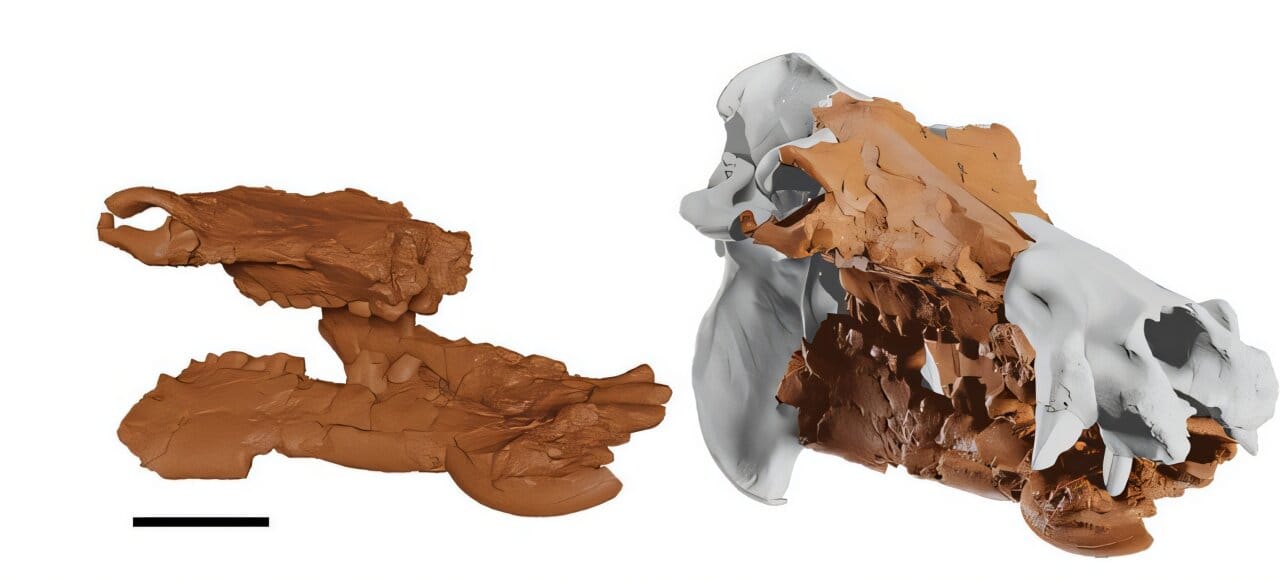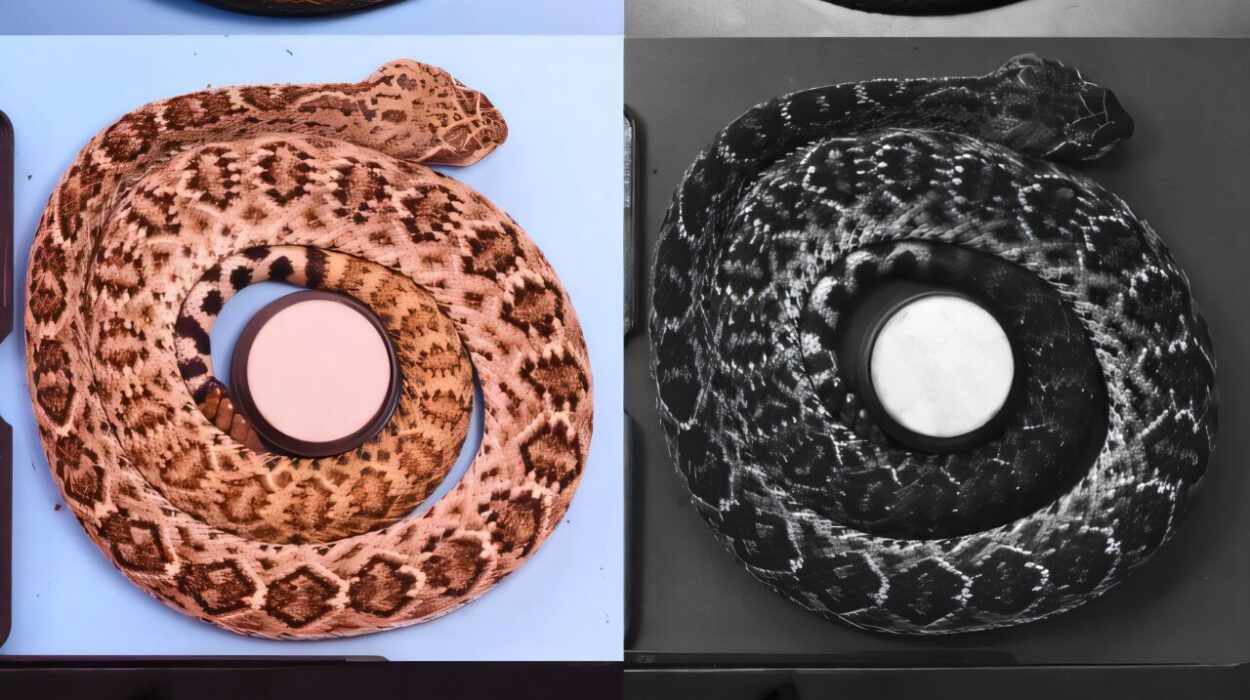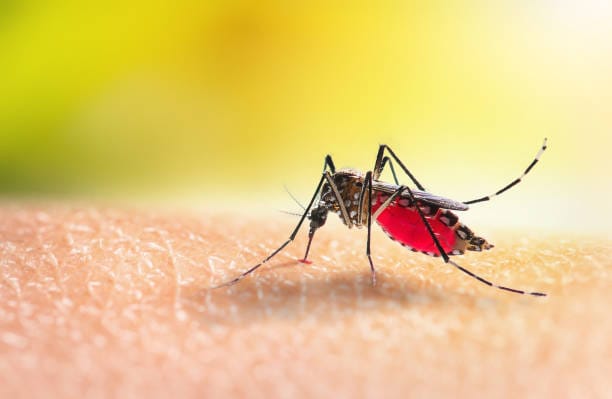The extinction of species often leaves behind only remnants of their existence, fragments that tell us little about how they once lived. However, a remarkable study by researchers Nikolaos Gerakakis and Professor Dimitrios Makris has shed new light on an extinct species of dwarf hippopotamus that once roamed the island of Crete. The team’s breakthrough comes through the use of innovative 3D digital imaging techniques to reconstruct the skull of Hippopotamus creutzburgi, an animal that lived on Crete during the Pleistocene Epoch. This research, published in Digital Applications in Archaeology and Cultural Heritage, not only provides the first complete reconstruction of the skull of this extinct dwarf hippopotamus but also offers valuable insights into the biological and environmental factors that influenced its life on the island.
The genus Hippopotamus has a long history of island colonization, spreading across various islands, including Cyprus, Madagascar, Malta, Sicily, and Crete, particularly during the Pleistocene period. The species Hippopotamus creutzburgi is part of this fascinating group of animals that adapted to isolated environments. In Crete, the dwarf hippopotamus was a unique island species, with its population of small-sized individuals likely resulting from the so-called “island rule.” According to this hypothesis by biologist Van Valen, large animals tend to shrink in size when isolated on islands, while smaller species may evolve to become larger. In the case of H. creutzburgi, this rule is exemplified by their diminutive size, especially compared to their African cousins.
The island of Crete during the Pleistocene was quite different from today. The island was more connected to the mainland due to lower sea levels during cold phases of the epoch. This change in geography, along with tectonic shifts, allowed animals like the ancestor of H. creutzburgi, H. antiquus, to travel from the Peloponnese to Crete. Gerakakis theorizes that this migration likely occurred through a series of coastal or shallow water passages, which would have facilitated the movement of these large mammals despite their inability to float in freshwater. The researchers suggest that while hippos are generally known for not being able to float in freshwater, they might have had some buoyancy in saltwater, which could have helped them make the journey across.
Once the ancestors of H. creutzburgi reached Crete, they adapted to the isolated island environment, growing smaller in size. These animals lived in a unique ecosystem, and though their specific lifestyle remains somewhat speculative, it is believed that their relatively smaller size may have made them more suited for survival in the constrained and potentially resource-scarce environment of the island. The dwarf hippopotamus remained on Crete for several hundred thousand years, but like many other island species, it eventually went extinct. The reasons for its extinction are still a topic of ongoing research, with various hypotheses being considered, such as catastrophic environmental changes, illness, food scarcity, or competition from other species, such as deer, which arrived on the island later in the Pleistocene.
The fossil remains of Hippopotamus creutzburgi are rare and fragmented, making it difficult to reconstruct a complete picture of the species. Fossilized bones from the Katharó Plateau in Crete have provided some insight, but these remains are often poorly preserved, fragmented, and flattened, complicating the task of accurately reconstructing the animals they represent. What makes the current study by Gerakakis and Makris particularly valuable is that, until now, no complete skull of H. creutzburgi had ever been recovered. With these challenges in mind, the research team turned to cutting-edge digital methods to rebuild the skull.
The team used photogrammetry to create highly detailed 3D models of the fossil remains. Photogrammetry is a technique that involves capturing numerous photographs of the object from different angles and then using specialized software to construct a digital 3D representation. Using four fossil fragments that were excavated between 1998 and 2002, the researchers meticulously reconstructed the skull of H. creutzburgi. This process was no small feat. As Gerakakis explains, the skull had been severely deformed and flattened over time, necessitating a careful, non-destructive approach.
To achieve this, the researchers employed the software Blender, which is typically used for 3D modeling and animation. A key component of their methodology was the application of retrodeformation, a technique that reverses the distortions caused by the passage of time. In this case, the team used Blender’s armature system to reposition the skull fragments back to their original anatomical positions. However, the complexity of the deformation, particularly in the mandible, required even more innovation. The team designed a “spider-like” exoskeleton consisting of 23 armatures, which provided the necessary support to manipulate the skull fragments into a more accurate representation of the original structure.
The result of this extensive digital reconstruction was a complete 3D model of the skull of H. creutzburgi. This model allowed the researchers to gain new insights into the species’ physical characteristics. They found that the dwarf hippopotamus’s skull was similar in morphology to that of African hippopotamuses and H. antiquus, as well as dwarf Malagasy hippopotamuses. The reconstructed skull suggests that H. creutzburgi was roughly the size of a juvenile male African hippopotamus or perhaps a dwarf Malagasy hippopotamus, which were both smaller than their African relatives.
The significance of this digital reconstruction extends beyond the academic realm. The model has practical applications in museums and exhibitions. The team plans to use the 3D digital model to create a physical replica of the skull for display, including an exhibition that is planned for the Katharó Plateau, the site where many of the fossils were discovered. The team also aims to publish a full reconstruction of the entire H. creutzburgi skeleton, which is in progress. Gerakakis notes that most of the skeletal elements of H. creutzburgi have been discovered, though vertebrae and ribs are relatively scarce. The digital reconstruction of the skeleton has already been completed, and a physical version of the entire skeleton is being created by the Laboratory of Vertebrate Paleontology at the National and Kapodistrian University of Athens, with the help of conservators.
This research opens up exciting possibilities for further studies in evolutionary biology, paleontology, and the understanding of island ecosystems. By reconstructing the physical characteristics of H. creutzburgi, the researchers have provided a more detailed understanding of the species, its place in the natural history of Crete, and the broader evolutionary trends among island-dwelling mammals. The digital methods employed in this study represent an important step forward in the field of paleontology, where traditional methods of physical reconstruction are often hampered by the fragmentary nature of the fossil record. As a result, these digital techniques will likely become more widely used in future studies of extinct species, enabling a more accurate and comprehensive understanding of ancient life forms.
Ultimately, the work of Gerakakis and Makris is a testament to the power of technological innovation in advancing our understanding of the distant past. The digital reconstruction of the skull of Hippopotamus creutzburgi not only provides valuable insights into this unique extinct species but also highlights the potential for further discoveries in the realm of prehistoric life. As more fossils are uncovered and digital techniques continue to improve, we may be able to unlock even more secrets of ancient creatures that once roamed the Earth, shedding light on their lives, behaviors, and the environments they inhabited.
Reference: Nikolaos Gerakakis et al, Digital reconstruction of flattened skulls: The case of Hippopotamus creutzburgi, Digital Applications in Archaeology and Cultural Heritage (2024). DOI: 10.1016/j.daach.2024.e00379






